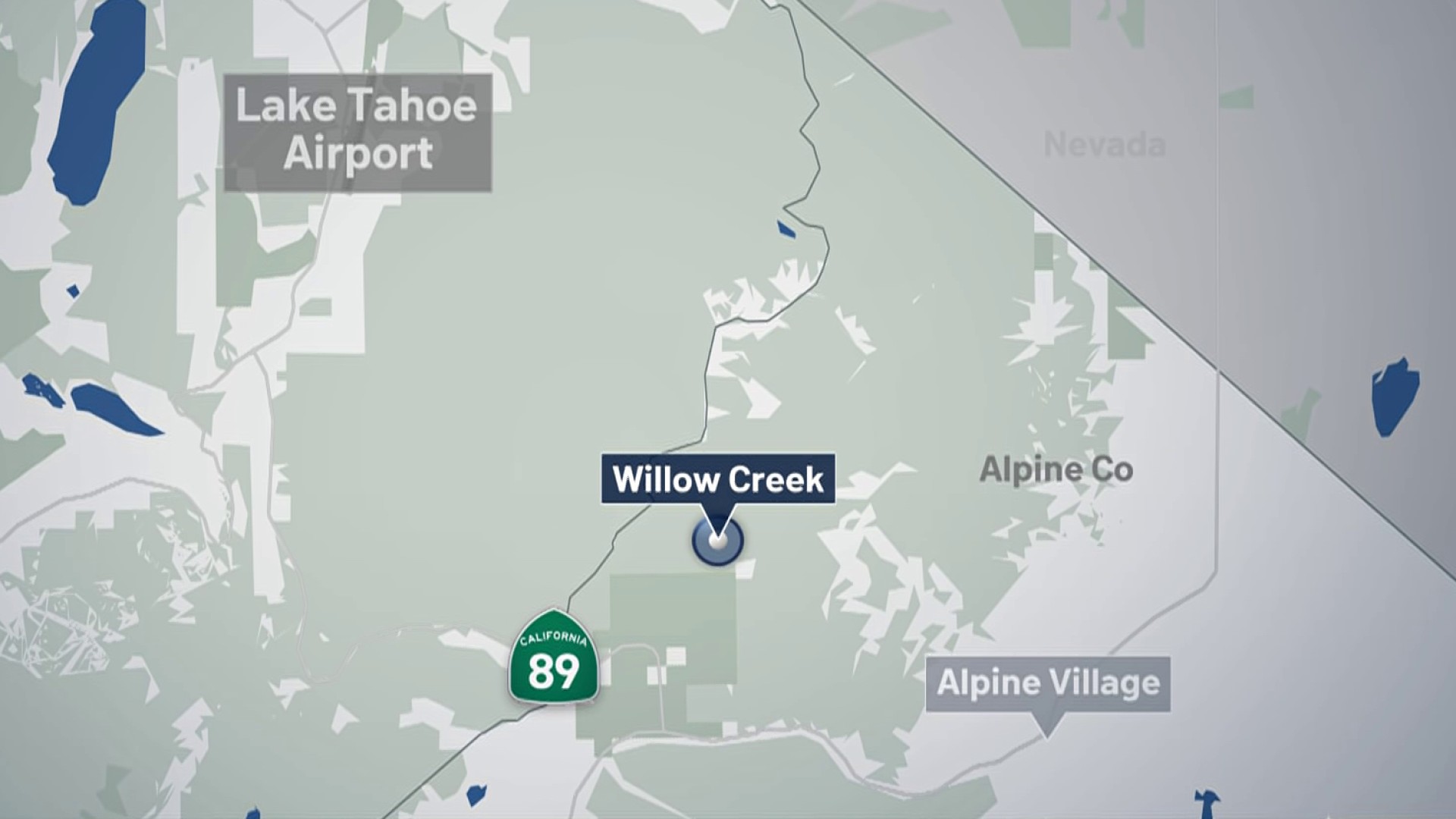
Every year, the national nonprofit Trust for Public Land evaluates the public park systems of the 100 most populous U.S. cities. Its annual ParkScore report was released Wednesday, and San Francisco ranked seventh out of the pack.
The city earned high points for having parks close to every household, but it earned low points for inequitable distribution of park size. The city's Recreation and Park Department hopes to better the city's equity score with its new India Basin Waterfront Park.
San Francisco's total ParkScore was 76.5 out of 100 points, based on five main criteria -- investment, access, acreage, amenities and equity. It is second in the nation for investment in parks, spending $546 per resident on parks. That's far above the national average of $124.
One hundred percent of San Francisco residents live within a 10-minute walk to a public park. Oakland closely followed with 89 percent, San Jose with 80 percent and Fremont with 70 percent.
Overall, Fremont's ParkScore ranked 29th among the 100 cities, while San Jose came in at 32nd and Oakland at 52nd.
Where San Francisco's ranking drops is the acreage score. Many of the city's parks are small, at an average of 1.3 acres, which is below the national average of 5.4 acres.
Larger destination green spaces like Golden Gate Park, where a person can walk through the woods and listen to birdsong, tend to be in areas with higher household incomes. Parks located in neighborhoods of color, as well as those in low-income neighborhoods, are about half the size of those in wealthier and predominantly white neighborhoods. This same correlation between demographics and park acreage was found in all 100 cities ranked.
Local
San Francisco's Recreation and Park Department acquired an abandoned shipyard in the Bayview Hunters Point neighborhood in 2014. Since then, the department has partnered with the
Trust for Public Land, San Francisco Parks Alliance, San Francisco Foundation, the A. Philip Randolph Institute and members of the Bayview community to take a new approach -- design a large destination park in a way that will keep an underserved community in place, the India Basin Waterfront Park project.
Get a weekly recap of the latest San Francisco Bay Area housing news. Sign up for NBC Bay Area’s Housing Deconstructed newsletter.
The partners established an Equity Development Committee, which included community members that assembled a list of things the community wanted from the park. They wanted art that established cultural identity, opportunities for youth to play and teens to work, education about finance and home ownership, transportation up and down the tall hill that separates the park from the neighborhood, and access and connectivity for every age group. They also wanted construction jobs to come from inside the community.
"One of the things you have to remember is that the park is designed with equity in mind," said Kurt Grimes, program manager for the A. Philip Randolph Institute, a nonprofit that serves the Bayview community and promotes equity and civic participation.
"I can tell you right now that with the construction, local workforce is definitely involved in this. You don't want opportunities necessarily going outside of District 10 or outside San Francisco because then you lost the equity," he said. "The park is supposed to be built for people that currently live in the community, not for people that they want to come in."
India Basin Waterfront Park is an environmental restoration project, but also an experiment in social equity through design. The connection between good public parks and the health of a community is underlined in the Trust for Public Land's ParkScore report.
According to the report, residents of cities with a high ParkScore ranking are 60 percent more likely to volunteer than residents of lower-ranking cities. Residents of high-ranking cities are, on average, more socially connected and engaged with their neighbors than are residents of cities with lower ranks. They are also 26 percent more likely to form friendships with people in different socio-economic groups.
The report includes a Knight Foundation survey finding that people who live near parks are more likely to be satisfied with their local government. In two dozen U.S. communities, those living near popular public parks reported 14 percent greater satisfaction with their police, and 13 percent greater satisfaction with their mayor, compared with people not living near parks.
The ParkScore report also underlined the importance of parks during crises. During the COVID-19 pandemic, parks were where people went to find testing and vaccination stations. They were also a panacea for the national epidemic of loneliness and social isolation.
"That's one of the things that happened during Covid," said Grimes. "We really didn't realize just how important a park and open space is, and the kinds of things it can really offer to a community."
The full ParkScore ranking report can be found at tpl.org/parkscore.



